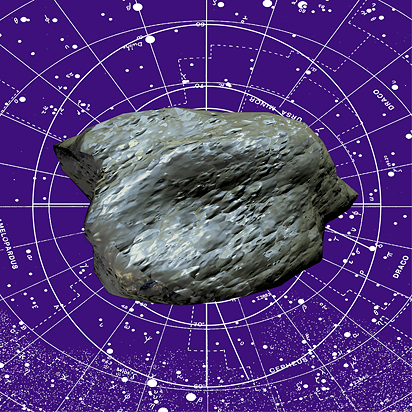
Most palladium is used in catalytic converters sometimes with other metals for exhaust systems: Palladium-rhodium single layer catalytic converter (2008).
It is also used in jewellery (Improvements in or relating to jewellery made from palladium alloys (1946)), and some dental fillings and crowns:
- Palladium alloys for dental implant restorations (1992)),
- Palladium dental alloy (1936),
- Use of a palladium alloy in dental technology (1984).
White gold is an alloy of gold that has been decolourised by alloying with another metal, sometimes palladium (Palladium white gold alloy ring settings and method of making same (1997)).
It is used in the electronics industry in ceramic capacitors, found in laptop computers and mobile phones. These consist of layers of palladium powder slurry sandwiched between layers of ceramic (Palladium Powder Treating Method For Thick Film Conductive Paste (1995)).
Finely divided/supported palladium is a good catalyst and is used for hydrogenation (Selective hydrogenation and palladium catalyst therefor (1960)), and dehydrogenation (Dehydrogenation Of Piperidine Using Palladium On Silica Catalyst (1975)) reactions.
Hydrogen easily diffuses through heated palladium and this provides a way of separating and purifying the gas: Alloy On The Basis Of Palladium For The Manufacture Of Filtering Elements Used In Preparation Of Hydrogen Of Super-High Purity (1974).
References:
All patent information has been obtained from Espacenet (European Patent Office).